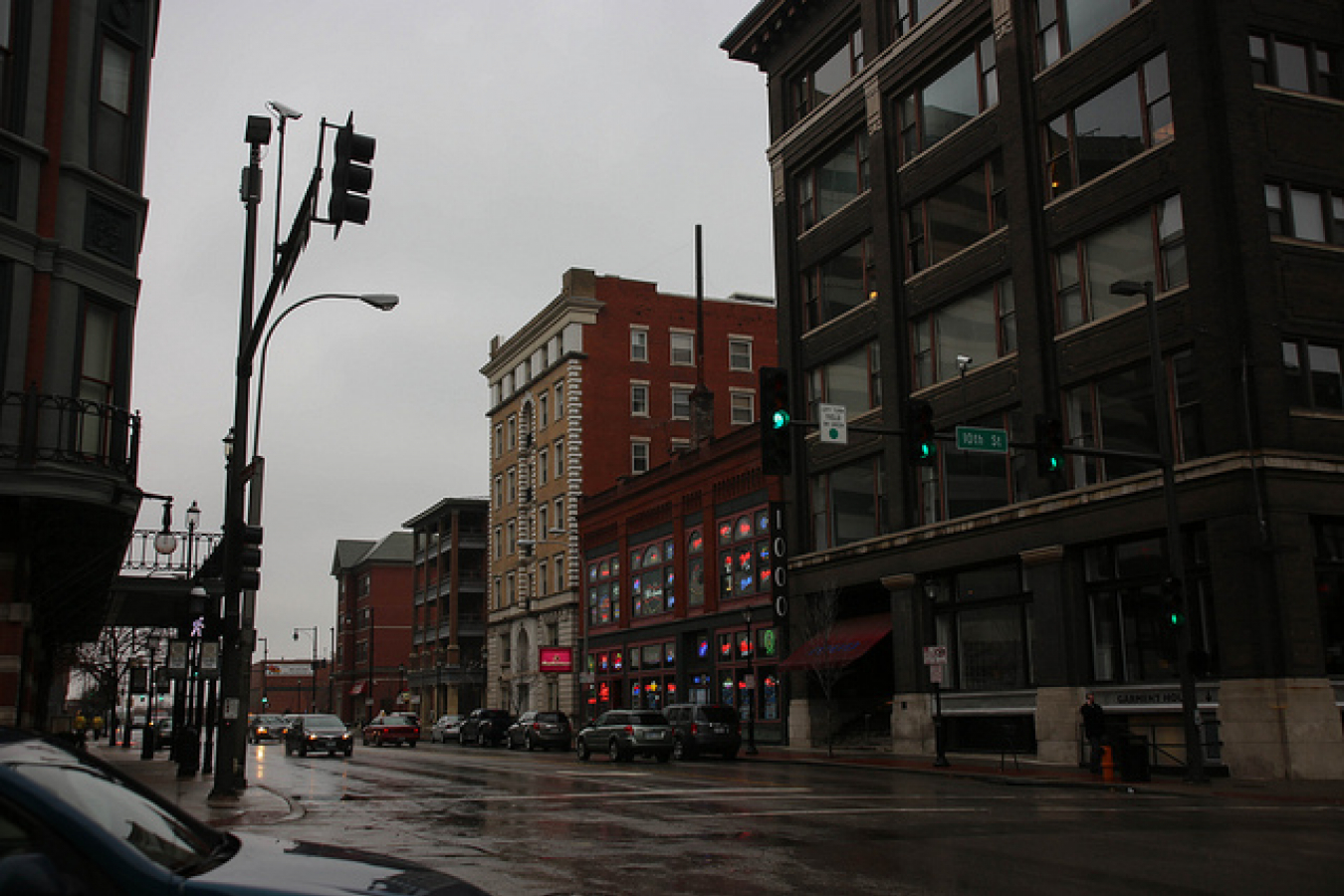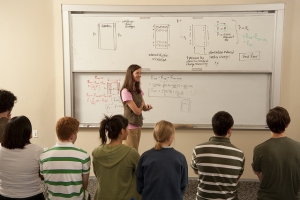Support migrant centric journalism today and donate

Asian migrants are driving a resurgence in immigration to the US, with the largest increase in newcomers since before the recession.
High numbers of Chinese students and skilled workers from India are now moving to the US, with the cap on H-1B visa applications being reached in less than a week this year.
Hispanic immigration is also increasing, after slowing down in the past few years due to lack of job opportunities, especially in construction. Many Hispanic workers returned home during this period.
Now that the construction industry is picking up again after the recession, there has been a rise in Hispanic workers coming to the US. Reportedly 27% of all new immigrants to the US last year were Hispanic, compared with 10% in 2012 and 1% in 2011, according to census figures.
However these figures don't differentiate between legal and illegal migrants; included in the figures are the large number of children who crossed the border illegally during the summer, from Central America.
Overall, the number of immigrants in the US jumped by 523,400 in the past year, which is the largest increase since 2006.
Immigration rates are still a long way off the 800,000 per year average of the 1990s and 2000s, which saw a surge in Hispanic migration to the US. Increased job opportunities in Central America, along with tighter border controls and declining fertility rates mean that it is unlikely that rates will reach this level again any time soon.
There are signs though that Hispanic immigration is on the rise again, after the number of Mexicans in the US increased by 22,000 last year. This followed a decline of around 109,000 in 2012.
The US economic recovery means that America is regaining its reputation as a top destination for migrant workers.
William Frey of the Brookings Institution, who analyzed the census data, explains 'some of the things limiting immigration in recent years—a bad job market, less demand for workers—is easing.'





















